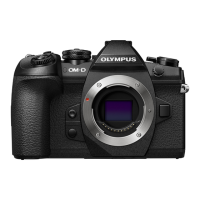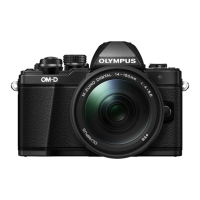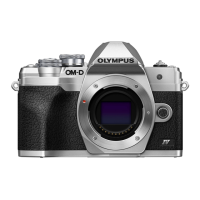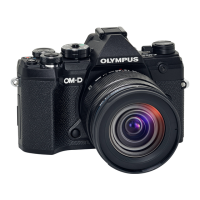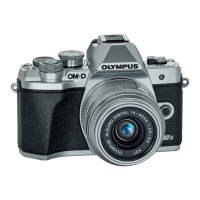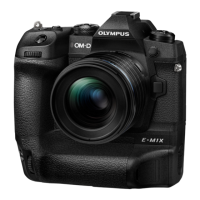17
EN
Preparation
1
Removing the lens from the camera
Make sure the camera is turned off when removing the
lens. While pressing the lens release button, rotate the
lens in the direction of the arrow.
1
2
Lens release button
Interchangeable lenses
Read “Interchangeable lenses” (P. 149).
Using the monitor
You can change the orientation and angle of the monitor.
12 3
90°
12 3
270°
• Rotate the monitor gently within the limits shown. Do not use force; failure to observe this
precaution could damage the connectors.
• If you are using a power zoom lens, it will automatically move to the wide angle side when
the monitor is set in the selfi e position.
• When the monitor is in the selfi e position, you can switch to the screen for taking self
portraits. g “Shooting self-portraits using the selfi e assist menu” (P. 129)
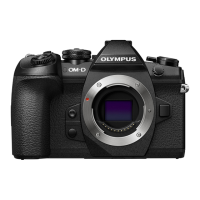
